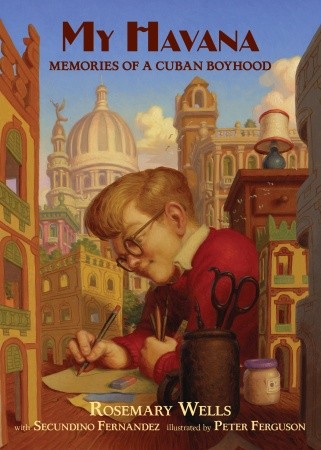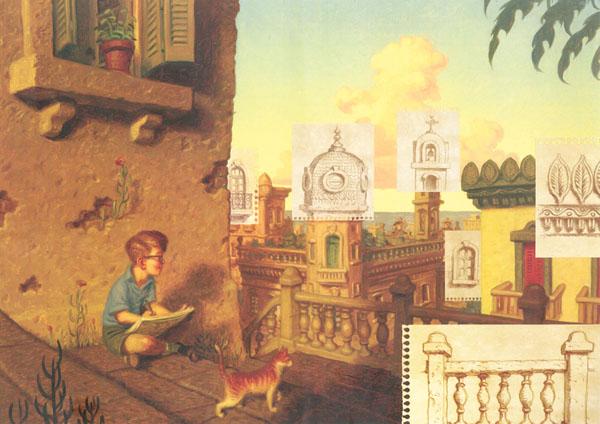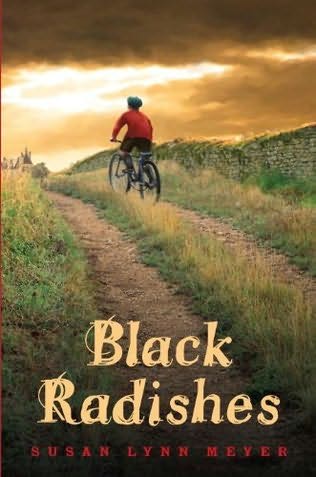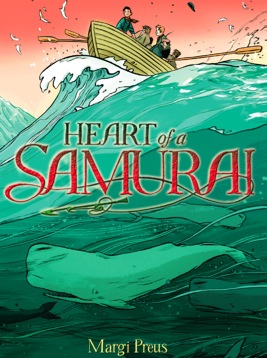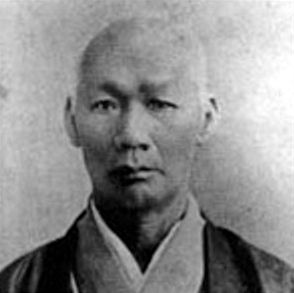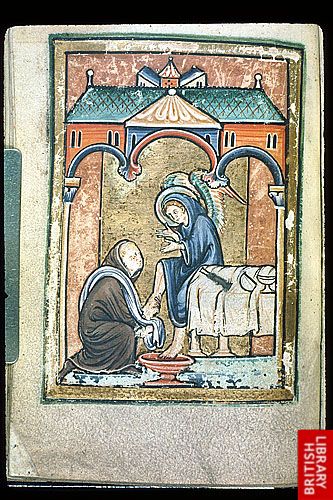 The painting of the ruined Victorian house in last week's Middle Grade Gallery is from Searching for Shona, by Margaret J. Anderson (Knopf, 1978), a recently rediscovered childhood favorite. After Marjorie and Shona trade places on the train platform in Edinbugh, Marjorie is evacuated to Canonbie. She and another orphan, Anna Ray, are billeted with the Miss Campbells, middle-aged identical twins who own a dress shop. Marjorie and Anna find the house in the painting, empty (although not yet in ruins) save for a cozy playroom in the turret. Clairmont House becomes a refuge for them until the army requisitions it to house soldiers, and by the end of the war, the house is as the artist depicted it in the painting.
The painting of the ruined Victorian house in last week's Middle Grade Gallery is from Searching for Shona, by Margaret J. Anderson (Knopf, 1978), a recently rediscovered childhood favorite. After Marjorie and Shona trade places on the train platform in Edinbugh, Marjorie is evacuated to Canonbie. She and another orphan, Anna Ray, are billeted with the Miss Campbells, middle-aged identical twins who own a dress shop. Marjorie and Anna find the house in the painting, empty (although not yet in ruins) save for a cozy playroom in the turret. Clairmont House becomes a refuge for them until the army requisitions it to house soldiers, and by the end of the war, the house is as the artist depicted it in the painting.
How is the painting connected to Shona? I don't want to give it away--if a middle grade novel about two girls, one from a privileged background (Marjorie) and another with only one clue about her family (Shona), trading places during the evacuation appeals to you (don't forget the abandoned house and the identical twin sisters, either), you really should try to find a copy of Searching For Shona. I will say that Shona's father, like John Piper (whose work I featured in the original post), turns out to have been a war artist. But there's more to the story than that, and it's all very satisfying.
Unfortunately, I didn't get many (any) other recommendations of children's books about the evacuation. Anna Hebner noted that in C.S. Lewis's The Lion, The Witch, and the Wardrobe (1950), the four Pevensie children are evacuated from London to the Professor's country house (Lewis himself took in evacuees at his house in Oxford). A Tale of Time City by Diana Wynne Jones (1987) also begins with the main character's evacuation from London, although she only makes it as far the train station (this one's out of print, and Charlotte doesn't like it anyway).
As for realistic fiction, The Children's War (a blog dedicated to books written for children and young adults about WWII) has a review of In Spite of All Terror by Hester Burton (1968), and I'm looking for a copy of that one now.
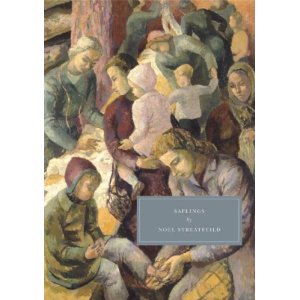 But the books about the evacuation I most want to read are (perhaps not surprisingly) by Noel Streatfeild. The first is Saplings (1945), a novel for adults about the devastating effects of the war on a middle-class family with four children. It's available in a gorgeous Persephone Books edition (have you heard of Persephone Books?) and sounds very depressing. The second is When the Siren Wailed (1974), a children's book written at considerably more remove from the war itself, and in which three working-class children are evacuated from London. The original edition was illustrated by Margery Gill and thankfully, it ends happily.
But the books about the evacuation I most want to read are (perhaps not surprisingly) by Noel Streatfeild. The first is Saplings (1945), a novel for adults about the devastating effects of the war on a middle-class family with four children. It's available in a gorgeous Persephone Books edition (have you heard of Persephone Books?) and sounds very depressing. The second is When the Siren Wailed (1974), a children's book written at considerably more remove from the war itself, and in which three working-class children are evacuated from London. The original edition was illustrated by Margery Gill and thankfully, it ends happily.
[See the comments for more suggestions.]
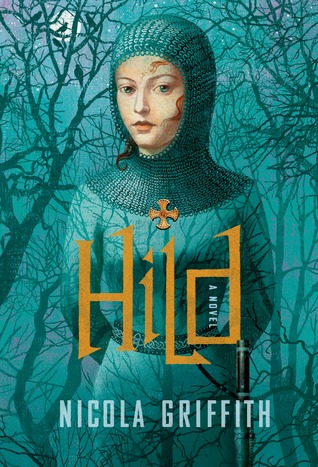 I don't think if I can wait til Christmas to read Hild by Nicola Griffith (FSG, 2013), a novel set in seventh-century Britain about the girl who becomes Saint Hilda of Whitby. Griffith wrote about Hild and genre (Fantasy or history?, 11/12/2013) for Tor.com, and Amal El-Mohtar reviewed the book for NPR in the context of conversations about women in historical fiction--and historical fantasy (Hild Destroys Myths of Medieval Womanhood, 11/14/2013). The early medieval world, historical fantasy, women (and children--Hild is just three at the beginning of the novel), warriors and saints: I have a deep and abiding interest in them all. And lo, today is the feast day of Saint Hilda!
I don't think if I can wait til Christmas to read Hild by Nicola Griffith (FSG, 2013), a novel set in seventh-century Britain about the girl who becomes Saint Hilda of Whitby. Griffith wrote about Hild and genre (Fantasy or history?, 11/12/2013) for Tor.com, and Amal El-Mohtar reviewed the book for NPR in the context of conversations about women in historical fiction--and historical fantasy (Hild Destroys Myths of Medieval Womanhood, 11/14/2013). The early medieval world, historical fantasy, women (and children--Hild is just three at the beginning of the novel), warriors and saints: I have a deep and abiding interest in them all. And lo, today is the feast day of Saint Hilda!